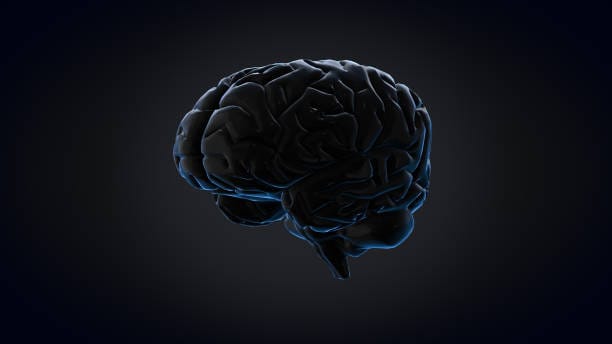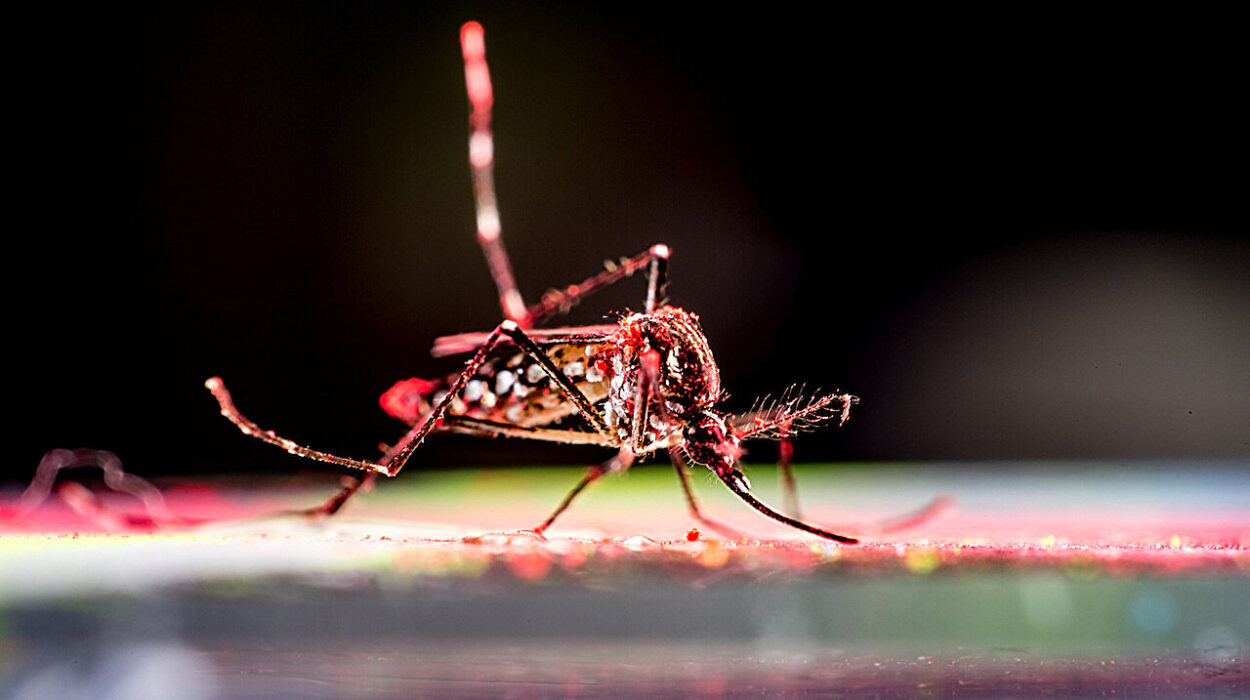Right now, as your eyes scan these words, an invisible orchestra is playing inside your brain. Billions of neurons — tiny, electrically active cells — are firing in patterns as intricate as any symphony composed by human hands. Every flicker of thought, every whisper of memory, every sudden moment of “Oh, I get it!” is part of that performance.
Learning, at its core, is not just about memorizing facts or passing exams. It is the brain’s astonishing ability to rewire itself in response to experience. A child figuring out how to walk, an adult learning a new language, a musician mastering a complex melody — all are engaged in this same biological miracle: the transformation of fleeting moments into lasting mental architecture.
The process is invisible. You cannot feel your neurons forming new connections, yet they do so relentlessly. You cannot hear the chemical signals humming between them, yet those tiny exchanges are what turn the chaos of life into the knowledge you carry forward. The science of learning is the science of becoming — the constant reshaping of who you are.
The Building Blocks of Thought
The human brain is a soft, wrinkled structure weighing about three pounds, yet it houses roughly 86 billion neurons. Each neuron can form thousands of connections, known as synapses, with other neurons. These synapses are the true currency of learning — they are where the magic happens.
When you encounter something new, a cascade of events begins. Sensory information — sights, sounds, touches, tastes, smells — is converted into electrical and chemical signals. These signals travel along networks of neurons, arriving at the synapses where tiny bursts of chemicals, called neurotransmitters, leap across microscopic gaps. If the signal is strong enough and repeated often, the synapse becomes more efficient, making it easier for that particular pattern of communication to occur again.
This process, called synaptic plasticity, is the foundation of learning. It is not static. Connections between neurons can grow stronger or weaker depending on how often they are used. Neurons that fire together tend to form stronger bonds — a principle neuroscientists summarize as “neurons that fire together, wire together.” Over time, these strengthened pathways form the basis of memories, skills, and habits.
From Sensation to Understanding
When you first encounter new information — say, a fact you read in a book or a movement you try to copy — it enters through your sensory systems. The raw data is initially processed by areas of the brain specialized for each sense. Visual information passes through the occipital lobe at the back of the brain. Sounds are interpreted in the temporal lobe. Touch sensations travel through the parietal lobe.
But simply sensing something is not enough for learning to occur. The brain must decide what is worth keeping. This is where attention comes in. Attention acts like a filter, selecting certain inputs for deeper processing. If you are distracted, the incoming information may never reach the deeper stages of encoding. If you are engaged and focused, the information is more likely to be stored.
Once selected, the information travels to the hippocampus, a seahorse-shaped structure buried deep in the brain. The hippocampus acts like a temporary holding area, assembling the different elements of an experience — sights, sounds, emotions — into a coherent memory. Over time, these memories are transferred to the cerebral cortex for long-term storage, a process that can take days, weeks, or even years.
The Emotional Gatekeeper
One of the most powerful influences on learning is emotion. The amygdala, an almond-shaped cluster of neurons near the hippocampus, plays a key role in processing emotional experiences. When you feel a strong emotion — fear, joy, surprise — the amygdala signals to the hippocampus that this is important and should be stored with high priority.
This is why you can vividly recall where you were during an emotionally charged event, yet struggle to remember what you had for lunch two days ago. Emotion acts as a highlighter for the brain, marking certain experiences as worth preserving. In a classroom, a teacher who can make a lesson emotionally engaging will often see better retention from students. In your own life, connecting new information to something you care about deeply makes it far more likely to stick.
The Role of Repetition and Practice
If learning begins with synaptic plasticity, it deepens through repetition. The more often a neural pathway is used, the stronger and more efficient it becomes. Practice, in the neurological sense, is the reinforcement of these pathways.
When you repeat a skill — playing a piano scale, speaking a foreign word, solving a math problem — you are essentially telling your brain, “This matters. Keep this pathway strong.” Myelin, a fatty substance that coats axons (the long extensions of neurons), plays a crucial role here. With repeated use, axons become more heavily myelinated, allowing signals to travel faster and more reliably. This is why seasoned musicians can play at breathtaking speed, and why experienced drivers can navigate without conscious thought about every movement.
But repetition alone is not enough. The brain thrives on variation and challenge. If a task becomes too easy, the neural growth slows. Learning accelerates when the brain is pushed slightly beyond its comfort zone, forcing it to adapt.
The Sleep Connection
One of the most underestimated factors in learning is sleep. During deep sleep, the brain is far from idle. Neural activity patterns replay the day’s experiences, strengthening important connections and pruning away less useful ones. This consolidation process turns short-term memories into long-term ones.
Lack of sleep disrupts this process, making it harder to retain new information and recall old memories. It also impairs attention, which means you are less able to focus during the initial learning stage. In other words, learning does not happen only when you are awake — it continues while you dream.
Learning and the Plastic Brain
For much of history, scientists believed the adult brain was fixed — that after a certain age, its structure could not change. We now know this is wrong. The brain remains plastic throughout life, capable of reorganizing itself in response to experience.
Neuroplasticity allows stroke patients to regain lost abilities, blind individuals to enhance their other senses, and anyone at any age to acquire new skills. However, the degree of plasticity can vary. Children often learn more quickly because their brains are in a state of heightened plasticity. But adults can still learn effectively by creating the right conditions — focused attention, emotional engagement, regular practice, and adequate rest.
The Power of Association
The brain is a pattern-seeking organ. It rarely stores information in isolation. Instead, new knowledge is woven into existing networks of meaning. This is why it’s easier to learn something when you can connect it to what you already know.
When you learn a new word in a foreign language, for example, associating it with a familiar image, sound, or personal memory makes it more memorable. The hippocampus and related structures create these links, allowing you to retrieve the information later by following multiple mental paths.
Metaphors, stories, and analogies work so well in teaching because they anchor the unfamiliar to the familiar. The brain builds a bridge from the known to the unknown, making the new information feel less like a stranger and more like a friend.
The Role of Curiosity
Curiosity is not just a personality trait — it is a neurochemical state that primes the brain for learning. When you are curious, your brain releases dopamine, a neurotransmitter associated with motivation and reward. This dopamine release not only makes you feel good but also enhances the hippocampus’s ability to form new memories.
Curiosity turns the act of learning from a chore into a quest. It fuels exploration, experimentation, and the willingness to make mistakes. A curious brain is an active brain, constantly seeking patterns and connections.
Mistakes as Catalysts
Contrary to what traditional schooling often implies, mistakes are not failures — they are critical data points in the learning process. When you make an error, the brain generates a “prediction error signal,” essentially a note to itself that something did not go as expected. This triggers adjustments in neural pathways, increasing the chances of getting it right next time.
The prefrontal cortex, involved in planning and decision-making, plays a key role here. It evaluates the mistake, revises the strategy, and tries again. Over time, this cycle of error and correction becomes a powerful engine for growth.
Technology and the Learning Brain
In the modern world, technology both expands and challenges our learning abilities. Digital tools can provide instant access to information, interactive simulations, and personalized feedback. However, constant connectivity can fragment attention, making deep focus harder to sustain.
Neuroscientific studies suggest that multitasking impairs learning by preventing the brain from fully encoding information. While it may feel efficient to juggle multiple inputs, the brain is actually switching rapidly between tasks, which increases cognitive load and reduces retention.
True learning still requires what it always has — focused attention, meaningful engagement, and time for reflection.
The Lifelong Learner
The science of learning is ultimately the science of change. Every new skill, every fresh insight, every unexpected perspective leaves a physical imprint on your brain. This means that learning is not something that ends with school — it is the ongoing process of shaping who you are.
At any age, you can choose to become a student again. You can decide to pick up a new instrument, learn a new language, or dive into a field you know nothing about. The brain will respond. Neurons will reach out to form new connections. Synapses will strengthen. Memories will take root. And in the process, you will not only learn about the world — you will remake yourself.
The Mystery That Remains
For all our scientific progress, there is still something mysterious about learning. We can map the pathways of neurons, measure the pulses of electricity, and track the release of chemicals, but there remains a gap between the biology and the subjective experience of understanding.
That sudden flash of clarity — the “aha” moment — is not yet fully explained. We can see its traces in brain scans, watch the network of neurons light up, but the subjective feeling of it remains deeply human. Perhaps it is in that mystery that the true magic of learning lies.
A Living Symphony
Your brain is not a static machine. It is a living, dynamic symphony — always tuning, always adapting, always rewriting its own score. Each note is a thought, each chord a memory, each crescendo a breakthrough. The music never stops, and you are both the composer and the audience.
Learning is not merely about absorbing information. It is about transformation. It is about taking the raw material of experience and shaping it into something that becomes part of you. The science explains the mechanics, but the meaning comes from the journey — the moments of struggle, the flashes of insight, the joy of mastery.
In the end, the science of learning tells us something profound: your mind is never finished. As long as you live, you can grow. And with every new thing you learn, you are not just changing what you know — you are changing who you are.






